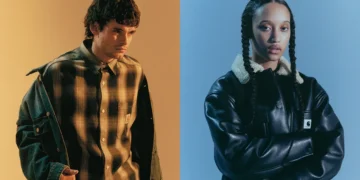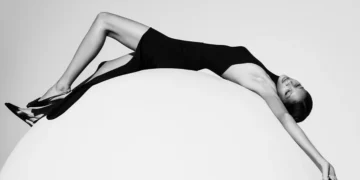
Carhartt WIP introduces its FW25 campaign through a series of visuals that emphasize atmosphere and narrative. Known for presenting collections with cinematic precision, the brand continues its tradition of pairing design with imagery that feels rooted in place. This season, Atlanta’s suburban neighborhoods serve as the setting, allowing the clothing to interact with the rhythm of daily life.
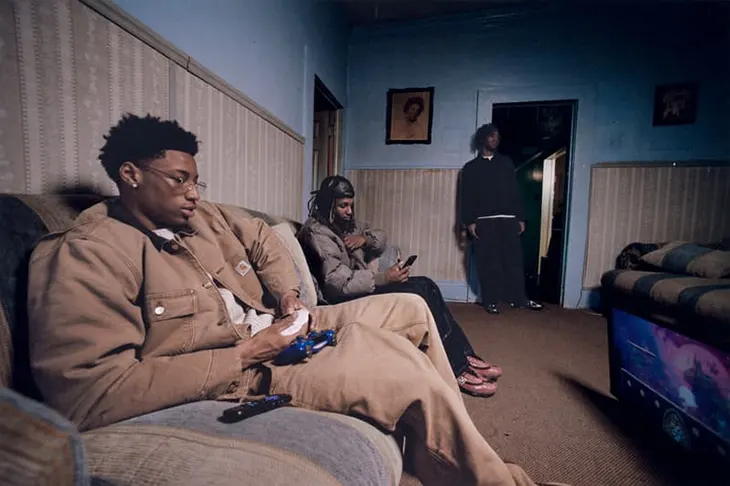

The campaign comes to life through the lens of photographer Daniel Derro Regan and the direction of Ben Dorado. Together, they bring a documentary approach that leans on candid moments rather than staged perfection. Their style builds continuity between still images and moving film, creating a cohesive visual identity for the season.
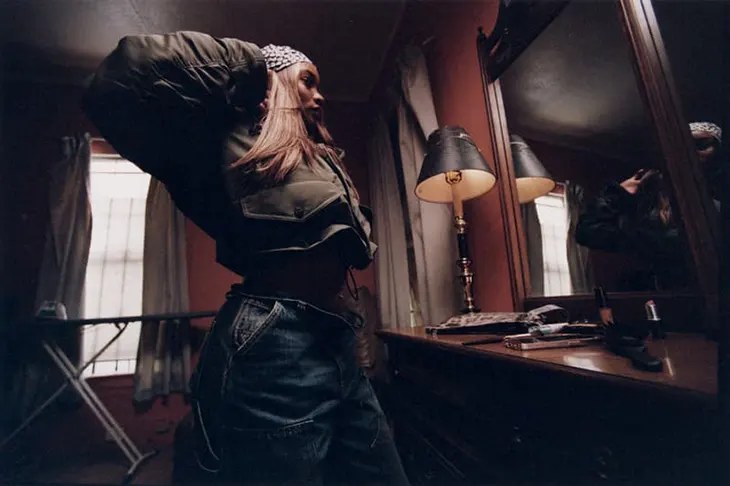
Two central narratives guide the production. The first focuses on a group of teenagers gathered in their local neighborhood. The scenes trace their interactions, drawing on the energy of friendship and community. The second follows a dancer during quiet preparation before heading into the night. Each perspective offers intimacy, allowing viewers to see how clothing supports both shared and individual experiences.

Classic silhouettes such as the OG Chore Coat in “Dearborn Canvas” and the Women’s OG Michigan Coat take their place as anchors of the campaign. These pieces sit alongside seasonal fleece options, hoodies, and sweatpants, garments that emphasize comfort while remaining consistent with the house’s recognizable workwear DNA.
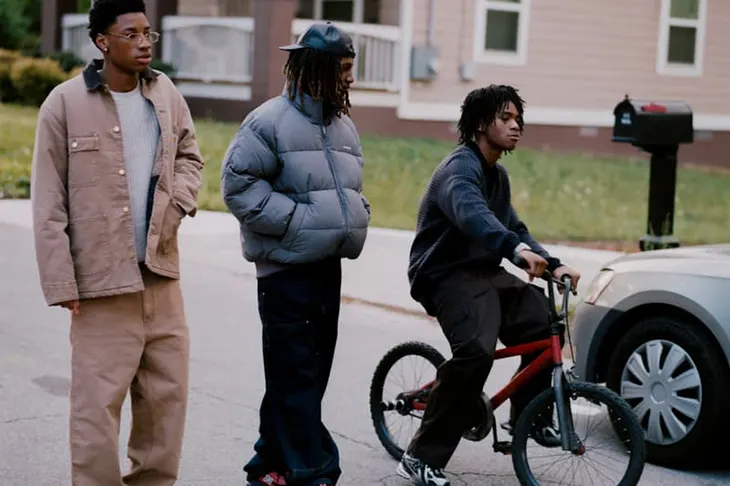
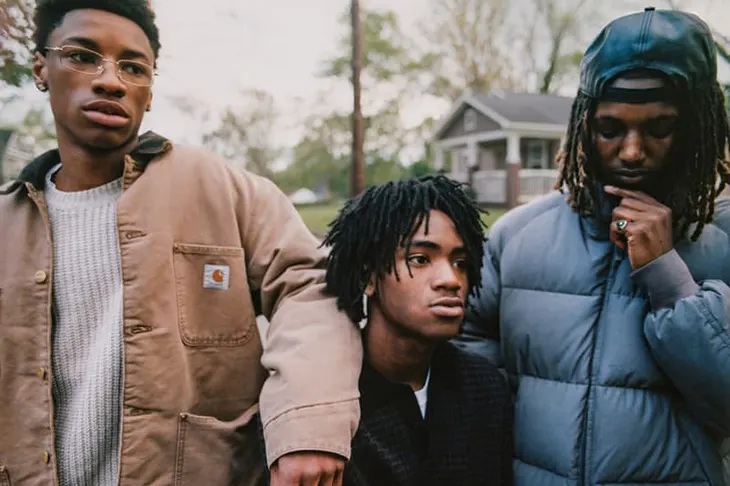
Comfort and security define much of the collection’s presentation. The campaign situates the clothes within scenarios that show how workwear has shifted into contemporary wardrobes. Fleeces and hoodies appear during downtime, coats ground the look in colder moments, and sweatpants reflect the relaxed ease of off-duty hours.
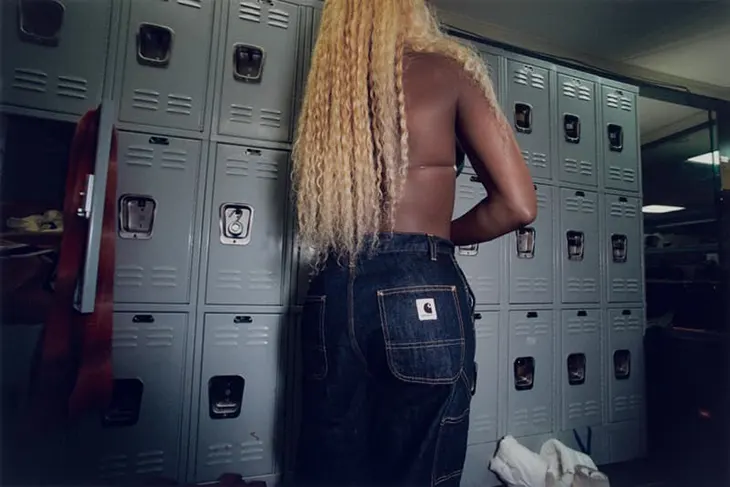
By choosing Atlanta as the campaign location, Carhartt WIP adds another layer of context. The suburban setting contributes atmosphere without overshadowing the clothes. It offers authenticity, a lived-in quality that reinforces the documentary approach of Regan and Dorado. The garments remain central, yet the focus on community, individuality, and lived experience adds weight to their presence.














